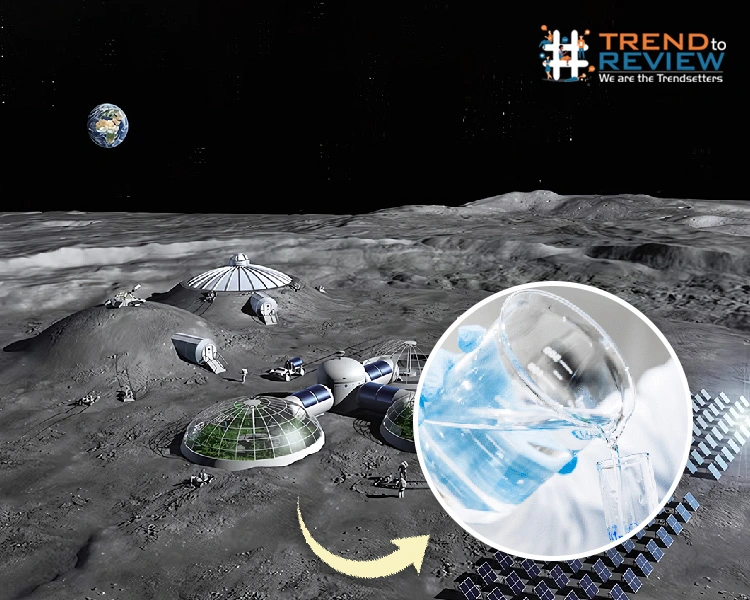After three years of continuous research, Chinese researchers have discovered a groundbreaking technique to produce water from Moon soil. According to reports, researchers used looner soil brought to Earth during the 2020 space mission Chang’e-5.
Xiao Chen, a doctoral student at Ningbo Institute of Materials Technology and Engineering (NIMTE), Chinese Academy of Sciences (CAS), shared, “I was just trying to heat up the lunar ilmenite, trying to see the release of helium. But instead of seeing the release of helium, I saw a screen full of water bubbles, which gave me a huge surprise.”
Professor Junqiang Wang led a team of scientists at NIMTE to carry on with the process. He shared, “How did we verify that they were water vapour bubbles? We did an electron energy loss spectrum, and at about at electron volts, there was a clear peak, and that was the signal for water, which meant that what was being generated at this location was indeed water.”
Also Read: Is Earth’s Core Spinning In The Reverse Direction?
Researchers at CAS found that minerals of lunar samples contained large amounts of hydrogen. To produce water, they heated hydrogen containing minerals over 1000 degrees Celsius. The hydrogen reacted with the heat and produced water.
According to reports, this technique can produce 51 to 76 kilograms of water from one tonne of lunar soil. This much water can meet the daily drinking needs of 50 people for the whole day. Scientists can also break the water produced from moon soil into hydrogen and oxygen, which will provide breathable air and renewable energy sources.



